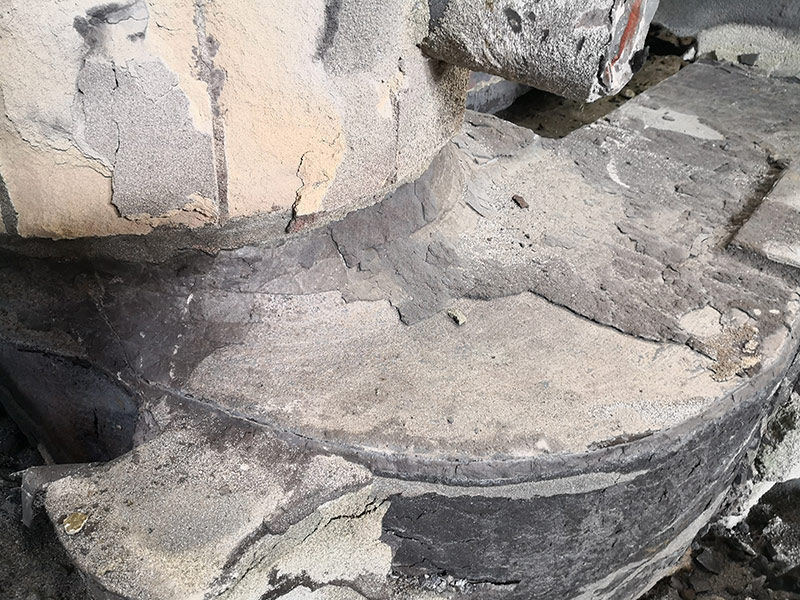The Art of Sand Casting A Timeless Craft
Sand casting, one of the oldest foundry processes, has played a pivotal role in manufacturing for centuries. This method involves creating a mold from sand to produce metal parts, and it remains a cornerstone in various industries, from automotive to artistic endeavors. By exploring the intricacies of this technique, we can appreciate its significance and potential for innovation.
At its core, sand casting involves several fundamental steps pattern making, mold preparation, pouring, and finishing. The process begins with creating a pattern, usually made from metal, plastic, or wood, which replicates the final product’s shape. This pattern is then pressed into a mixture of sand and a binding agent to form the mold. The sand used is typically silica sand due to its high heat resistance and ability to be easily shaped. Once the mold is prepared, the pattern is removed, leaving a cavity for the molten metal.
One of the advantages of sand casting is its versatility. It can accommodate a wide range of metals, including aluminum, bronze, and iron. This adaptability is particularly beneficial in industries that require complex and custom shapes. For instance, in automotive manufacturing, sand casting is often used to produce engine blocks and cylinder heads, where the need for intricate designs is paramount. Furthermore, the ability to produce large-scale components makes sand casting an attractive option for industries that require substantial parts without compromising precision.
Another notable aspect of sand casting is its cost-effectiveness. The materials required for sand molds are relatively inexpensive, and the process can be scaled according to production needs. Small-scale projects can be executed in a workshop, while large foundries can mass-produce components efficiently. This economic viability makes sand casting accessible to both small businesses and large manufacturers, contributing to its continued relevance in modern manufacturing.
the sand cast

In addition to its practical applications, sand casting offers a unique avenue for artistic expression. Many sculptors and artisans utilize this technique to create intricate designs in metal. The process allows for great creativity, as artists can produce one-of-a-kind pieces that reflect their vision. The tactile nature of sand casting, combined with the ability to capture detailed textures and features, lends itself well to artistic endeavors. Whether creating a bronze sculpture or a decorative wind chime, artists can push the boundaries of traditional foundry work.
Despite its many advantages, sand casting is not without its challenges. The quality of the final product is heavily influenced by the mold’s construction. Any imperfections in the mold can lead to defects in the cast metal, such as voids or surface irregularities. Therefore, skilled practitioners are essential in ensuring the integrity of the mold and the casting process. Moreover, as industries increasingly focus on sustainability, the foundry sector faces pressure to minimize waste and reduce environmental impact. Fortunately, advancements in technology, such as 3D printing, are being integrated into sand casting processes, allowing for more efficient mold creation and reducing material waste.
Furthermore, the integration of digital technologies and automation is revolutionizing the sand casting industry. Computer-aided design (CAD) software allows for precise modeling of patterns and molds, which can be transferred directly to CNC machines for high accuracy. This transition not only enhances the precision of castings but also expedites the production process. As a result, manufacturers can respond more quickly to market demands, a crucial factor in today’s fast-paced economy.
In conclusion, sand casting is a time-honored technique that continues to evolve. Its versatility, cost-effectiveness, and capacity for artistic expression make it a valuable method in both industrial and artistic contexts. As technology advances and sustainability becomes a priority, the sand casting industry is positioned to innovate further, merging traditional craftsmanship with modern advancements. Whether in the production of complex engineering components or the creation of stunning sculptures, sand casting remains a testament to the timeless interplay between art and manufacturing. Its legacy will undoubtedly continue, celebrating the craftsmanship of the past while paving the way for the innovations of the future.
Post time:9-р сар . 25, 2024 15:14
Next:Sustainable Practices for Reusing Foundry Sand in Industrial Applications
